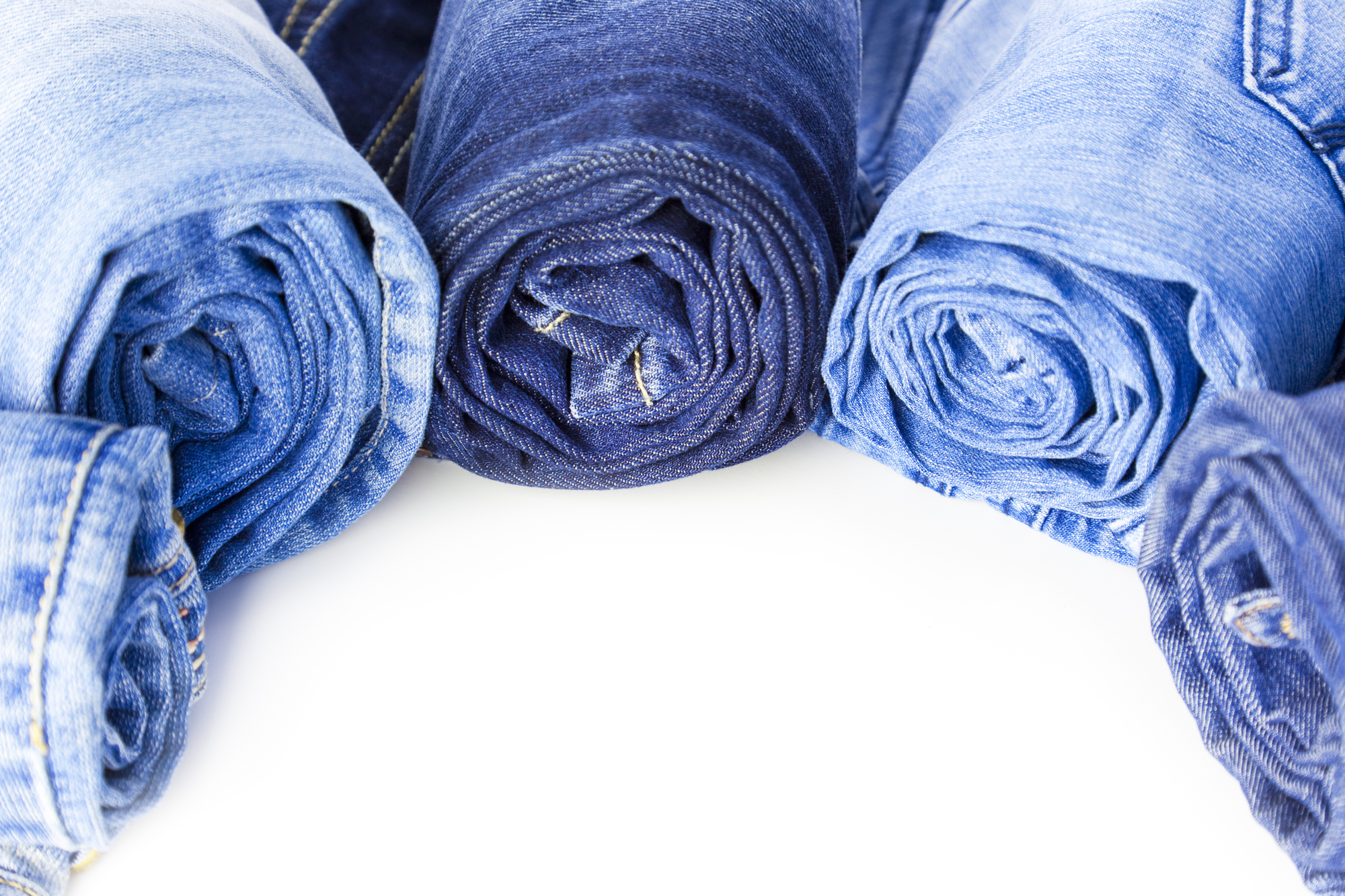Unveiling the Beauty: Exploring Denim Washes and Techniques
Unveiling the Beauty: Exploring Denim Washes and Techniques
Introduction: Denim, a versatile and enduring fabric, has become a staple in fashion, symbolizing both comfort and style. The art of denim washing, also known as denim finishing, involves various techniques and processes that give denim its unique look and feel. In this blog, we will dive into the world of denim washes and techniques, unveiling the craftsmanship behind creating different washes, effects, and finishes that have made denim an iconic fabric.
-
Stone Wash: Stone washing is a popular technique used to achieve a worn-in and faded appearance. Traditionally, pumice stones were used to tumble denim with water and detergent, resulting in a softer texture and a distressed look. Today, the process may involve the use of enzymes or cellulase to simulate the effect, reducing the environmental impact.
-
Acid Wash: Acid washing creates a distinctive, unevenly bleached effect on denim. The technique involves soaking denim in a solution containing chlorine or potassium permanganate, which removes the color unevenly, resulting in a marbled or mottled appearance. Acid wash gives denim a vintage, worn-out look that became highly popular in the 1980s.
-
Enzyme Wash: Enzyme washing involves the use of specific enzymes to achieve a soft, worn-out effect. The enzymes break down the indigo dye and loosen the fabric fibers, resulting in a faded and vintage look. Enzyme washes are commonly used to create a light or medium wash effect while maintaining the integrity of the denim fabric.
-
Bleach Wash: Bleach washing employs bleach or other bleaching agents to lighten the color of denim. This technique can create a range of effects, from subtle highlights to dramatic bleached patterns. Bleach washes offer versatility and can be combined with other techniques to achieve unique designs and contrasts.
-
Sandblasting: Sandblasting, although less prevalent due to safety concerns, was historically used to create a worn and faded appearance on denim. It involves blasting denim with fine sand particles to remove the top layer of indigo dye. This technique gives denim a distressed, worn-in look, but alternative methods like laser or chemical blasting are now being adopted for safety and environmental reasons.
-
Whiskering and Fading: Whiskering and fading are techniques used to mimic natural wear patterns. Whiskering involves creating faded, horizontal lines around the crotch area, imitating the folds and creases formed with wear. Fading replicates the fading that naturally occurs on areas like the thighs, knees, and seat, adding dimension and character to the denim.
-
Raw and Selvedge Denim: Raw denim refers to untreated denim that has not undergone any wash or distressing processes. This type of denim develops unique fades and creases as it molds to the wearer's body over time, creating a personalized, lived-in look. Selvedge denim is a type of raw denim woven on traditional shuttle looms, resulting in a distinctive, self-edge finish along the fabric's edges.
-
Special Finishes and Effects: In addition to the traditional washes mentioned above, the denim industry continues to innovate with special finishes and effects. These may include resin coating for a glossy appearance, laser distressing for precise patterns, embroidery and patchwork, paint splatters, and distressed treatments like ripping and fraying, among others.
Conclusion: Denim washes and techniques are a testament to the artistry and creativity within the denim industry. From vintage-inspired finishes to contemporary innovations, each wash and effect adds character and individuality to denim garments. As the demand for sustainable practices grows, the industry is also exploring eco-friendly alternatives and adopting technologies that reduce water usage, chemical waste,
- Log in to post comments


